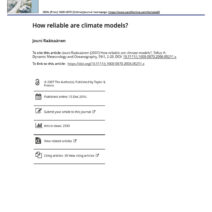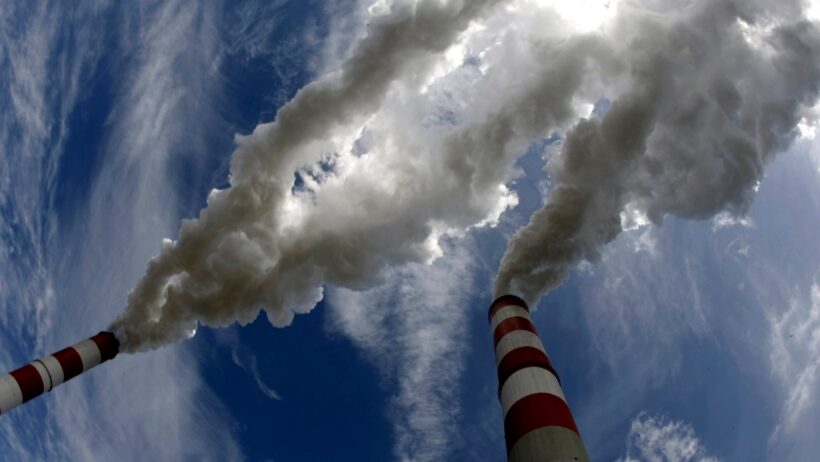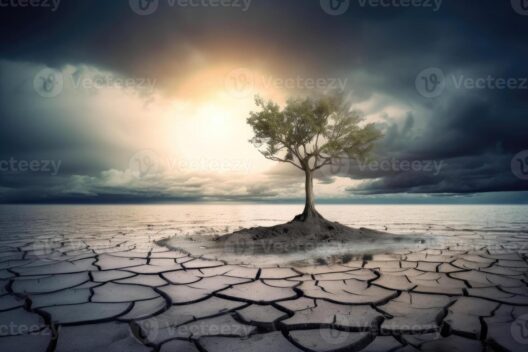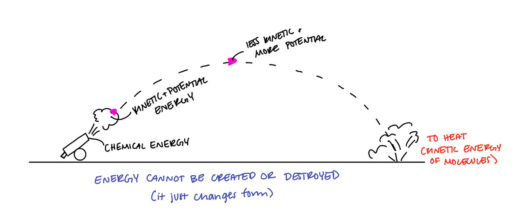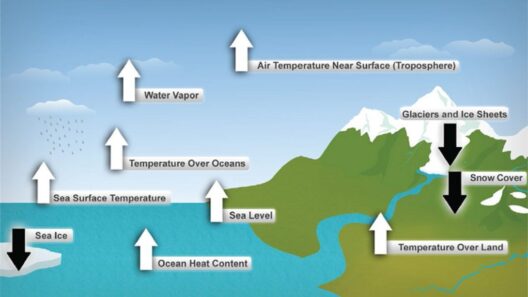In the kaleidoscopic mosaic of public discourse, global warming emerges as a dominant theme—a convolution of scientific inquiry, political contention, and societal implications. The question echoes through the halls of academia and pervades the halls of power: Do climatologists believe in global warming? To navigate this intricate landscape, one must first unravel the nuances of what constitutes “belief” in the context of empirical science.
Primarily, climatologists are scientists who devote their careers to understanding Earth’s climates and the myriad factors that influence climate systems. Unlike a whimsical leap of faith, scientists anchor their conclusions in the bedrock of empirical evidence and rigorous methodology. In this realm, belief is not a matter of personal conviction; it is an extrapolation grounded in data, observations, and peer-reviewed studies.
The scientific consensus on climate change is as resounding as thunder in a tempest. A plethora of studies indicates that approximately 97% of actively publishing climatologists agree that climate change is indeed occurring and is largely driven by human activities, particularly the combustion of fossil fuels. This statistic acts as a beacon, illuminating the path for both policymakers and the public, underlining the urgency of the situation.
However, the metaphorical fog of skepticism often shrouds this clarity. While the general consensus may be stark, the voices of dissent cannot be disregarded. A small minority—those who have garnered the attention of the media—promote counter-narratives, often rooted in cherry-picked data or misinterpretations of scientific findings. This divergence raises intriguing questions about the very nature of scientific debate and public perception.
Delving deeper, it is essential to dissect the articulation of climate science. To the untrained ear, the language of climatology may seem esoteric, replete with jargon and statistical models that obscure more than they reveal. Yet, the elegant complexity of these studies reveals a tapestry woven from the threads of atmospheric dynamics, ocean currents, and terrestrial feedback mechanisms. Each element contributes to an overarching narrative: that of a planet in peril.
As climatologists ply their trade, they make use of a diverse arsenal of tools—satellite data, climate models, and paleoclimate records, to name a few. These instruments provide intricate insights into the planet’s climate history and project future scenarios under varying greenhouse gas emissions. This is not a mere academic exercise; rather, it is a vital endeavor that informs strategies to mitigate adverse effects. The ability to predict shifts in climate patterns is not unlike forecasting a storm; understanding the past is imperative for anticipating the future.
When contemplating the assertions made by climatologists, it is critical to acknowledge the prevailing socio-political milieu. Climate change has transcended the purview of scientific inquiry to become a fulcrum upon which policy decisions are balanced. Herein lies the paradox: the overwhelming majority of scientists advocate for immediate action to curb emissions, yet many policymakers remain mired in inertia—an embodiment of the proverbial “tail wagging the dog.”
Moreover, the dichotomy between scientific consensus and public perception underscores a crucial point: education is paramount. The dissemination of accurate scientific information must counteract the pervasive myths surrounding climate change. Misconceptions—such as the notion that climate change is merely a cyclical phenomenon—can undermine genuine discourse and delay action when it is most imperative.
The art of communication plays a pivotal role in bridging the gap between climatologists and the broader populace. Engaging narratives that explore the ramifications of climate change resonate more profoundly than abstract graphs and figures. By personalizing the impact—depicting how rising sea levels threaten coastal communities or how altered weather patterns jeopardize food security—the conversation shifts from an academic debate to a communal call to action.
Additionally, the interconnected nature of climate change necessitates a global response. The ramifications of inaction extend beyond national borders; they ripple through ecosystems and economies worldwide. Climatologists, therefore, do not exist in isolation. Their research informs a multitude of stakeholders—from governments to non-governmental organizations —each collaborating to forge a sustainable future.
Yet, the road ahead is fraught with challenges. The politicization of climate science can create an environment where half-truths and misinformation proliferate. This battleground for public opinion often prioritizes rhetoric over reason, complicating the path toward actionable solutions. The balmy winds of change can easily be stunted by entrenched interests defending the status quo, leading to a stalemate where urgency is met with resistance.
Nevertheless, the tide is turning. The voices of climatologists are increasingly amplified by a more informed citizenry, eager to advocate for environmental sustainability. Grassroots movements are gaining momentum, uniting individuals across demographics under a common cause. This collective recognition of climate change mirrors the groundswell of concern that precedes a societal shift—one that can transform apathy into action.
In conclusion, the question of whether climatologists believe in global warming transcends mere affirmation; it embodies a commitment to science, truth, and the stewardship of our planet. As the keepers of knowledge, climatologists unravel the complexities of climate change, urging society to heed their insights. In this ceaseless struggle against adversity, the roadmap for a sustainable future is delineated not by faith, but by an unyielding pursuit of understanding and collaboration. Ultimately, the path forward requires not only acceptance of scientific consensus but also a nuanced approach to dialogue and action—where every voice contributes to the symphony of change.

